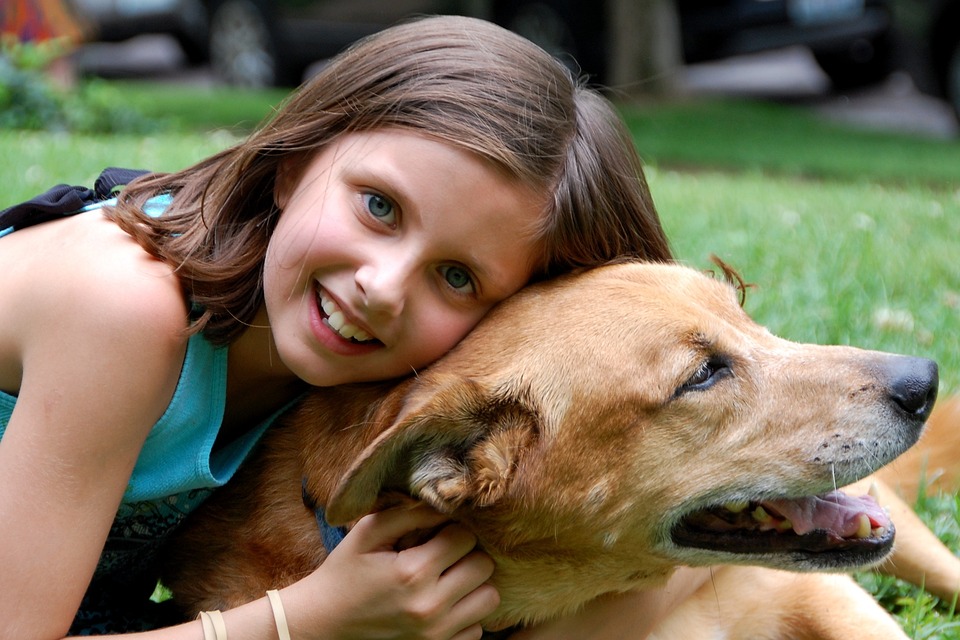Training Dogs to Stop Barking at Other Dogs: A Guide to Better Behavior
Understanding the Root Causes of Barking
Dogs are social animals, and barking is a natural way for them to communicate. However, excessive barking, especially towards other dogs, can be a sign of fear, aggression, or frustration. To effectively train your dog to stop barking at other dogs, it’s crucial to understand the underlying causes.
Establishing a Strong Foundation with Basic Training
Before addressing your dog’s barking behavior, it’s essential to establish a strong foundation of basic training. Teaching your dog commands like “sit,” “stay,” and “leave it” will help create a calmer and more responsive canine companion.
Positive Reinforcement: The Key to Success
Positive reinforcement is a powerful tool when training dogs to stop barking at other dogs. By rewarding your dog for calm and relaxed behavior around other dogs, you can create positive associations and encourage the desired behavior.
Counterconditioning: Changing Perceptions
Counterconditioning is an effective technique to change your dog’s emotional response towards other dogs. By gradually exposing your dog to controlled interactions with other dogs while providing positive reinforcement, you can help them develop a more positive association.
Desensitization: Gradual Exposure for Better Results
Desensitization involves gradually exposing your dog to the triggers that cause them to bark at other dogs. By starting with less intense situations and gradually increasing the level of exposure, you can help your dog become more comfortable and less reactive.
Seeking Professional Help
In some cases, working with a professional dog trainer or behaviorist may be necessary. These experts can assess your dog’s specific needs and develop a tailored training plan to address their barking behavior effectively.
FAQs – Frequently Asked Questions
1. How long does it take to train a dog to stop barking at other dogs?
The training duration can vary depending on several factors, including your dog’s breed, age, temperament, and the consistency of your training efforts. In general, it can take several weeks to a few months to see significant improvements. Remember that each dog is unique, and patience is key during the training process.
2. Can I use punishment to stop my dog from barking at other dogs?
Using punishment to address barking behavior can have adverse effects, potentially worsening the problem or causing fear and anxiety in your dog. Positive reinforcement techniques are more effective and humane in modifying behavior.
3. Why does my dog bark at other dogs even when on a leash?
Leash reactivity is a common issue, often stemming from frustration or fear. Dogs might feel constrained by the leash, leading to increased tension and reactivity towards other canines. Proper training and desensitization exercises can help your dog feel more comfortable and relaxed while on a leash.
4. Are certain dog breeds more prone to barking at other dogs?
While individual dogs within any breed can exhibit barking behavior towards other dogs, certain breeds are known for their tendency to be more reactive. Breeds such as Terriers, Shih Tzus, and Chihuahuas are often more prone to barking at other dogs. However, with proper training and socialization, any dog can learn to be more calm and controlled.
5. Can I socialize my dog to prevent barking at other dogs?
Socialization plays a vital role in preventing and addressing barking behavior. Introducing your dog to various environments, people, and other dogs from an early age can help them become more confident and less reactive. However, if your dog already exhibits barking behavior, additional training techniques might be required.
Remember, training your dog to stop barking at other dogs requires patience, consistency, and a positive approach. By understanding the root causes and implementing proper training techniques, you can help your furry friend become a well-behaved and socially adept companion. Seek professional help if needed and enjoy the journey of training your dog to be calmer and happier in the presence of other dogs.









